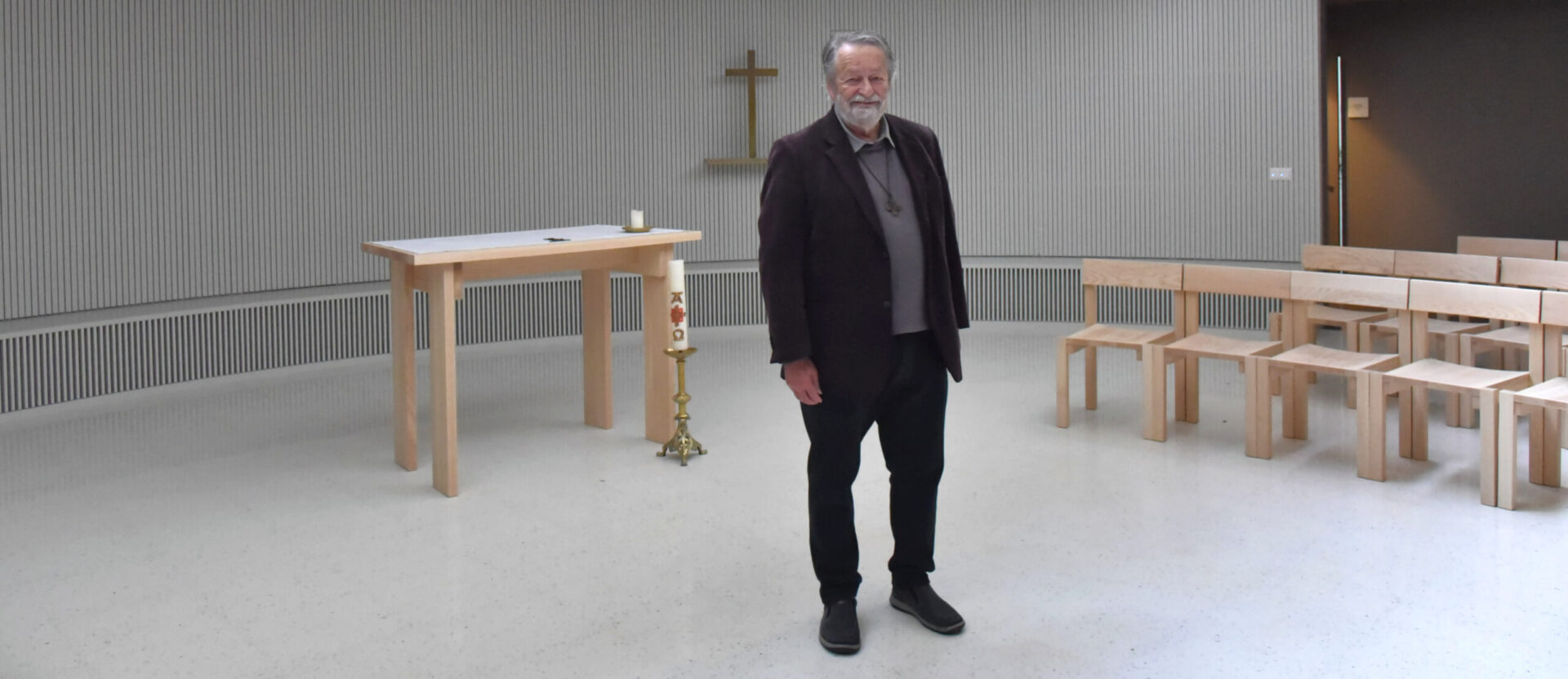Basic
- HDAC6 protein causes instability of the cytoskeleton that maintains cell structure.
- By inhibiting this protein, it makes it possible to restore cytoskeletal flexibility, to reverse cellular correlates of migraine and relieve associated pain.
- HDAC6 inhibitor treatments for cancer are currently being developed and this protein has been identified in other types of pain.
Better understanding of migraines to better treat it. US researchers at the University of Illinois at Chicago have discovered a possible new cellular mechanism for chronic migraine that provides a new method for treating them. In a study presented April 15th in the journal eLife, They describe how HDAC6 inhibition restores the neurological complexation whose attenuation is the cause of chronic migraine.
The key lies in the neuroplasticity process
To fully understand this mechanism, we must first find out how neuroplasticity works, which covers the process of forming and distorting connections between neurons. This plasticity is essential for both causes and treatments for central nervous system disorders such as depression, chronic pain, and substance abuse.
In detail, the cell’s structure is preserved by its cytoskeleton consisting of a protein, tubulin. This is in a state of constant flux in order to change the size and shape of the cell as it is activated and deactivated. This dynamic property of the cell allows the nervous system to adapt to its environment. Tobulin is changed through a chemical process called acetylation and is then said to be acetylated. This promotes a flexible and stable cellular structure. In the opposite case, however, where the tubulin is acetylated, this leads to instability of the cytoskeleton and plays a role in the onset of migraine. This mechanism is induced by histone dicetylase 6, or HDAC6, which is an essential protein.
HDAC6 protein is involved
In this study, which was conducted on mouse models, the researchers showed that HDAC6 protein inhibition restores tubulin acetylation and cytoskeletal flexibility. This reverses the cellular connections of the migraine and relieves the associated pain. “This work suggests that chronic migraine may be characterized by reduced neurological complexity and that restoration of this complexity could be a feature of anti-migraine treatments. This work also forms the basis for the development of HDAC6 inhibitors as a novel treatment strategy for migraine.Said Amina Pradhan, professor of psychiatry at the University of Illinois and lead author of the study.
This new model makes it possible to “reset” the brain to its previous state of chronic migraine. “Blocking HDAC6 will allow neurons to regain flexibility so that the brain is more receptive to other types of processingIdentifies Amina Pradhan. We think people with chronic migraines have reduced neuroplasticity. If we can restore this complexity, perhaps we can make it more receptive to pain management treatments.. “
HDAC6 inhibitor treatments for cancer are currently being developed and this protein has been identified in other types of pain. “This opens up the possibility of something we should look at on a larger scale.The researcher concluded. These changes may be the hallmark of all types of chronic pain conditions.“

“Music guru. Incurable web practitioner. Thinker. Lifelong zombie junkie. Tv buff. Typical organizer. Evil beer scholar.”







More Stories
Maurice Zundel Space, a haven for “meaning seekers” – Swiss Catholic Portal
Taste the first Canadian pizza to go into space
The Air and Space Forces want a “modular” plane to replace the Alphajet